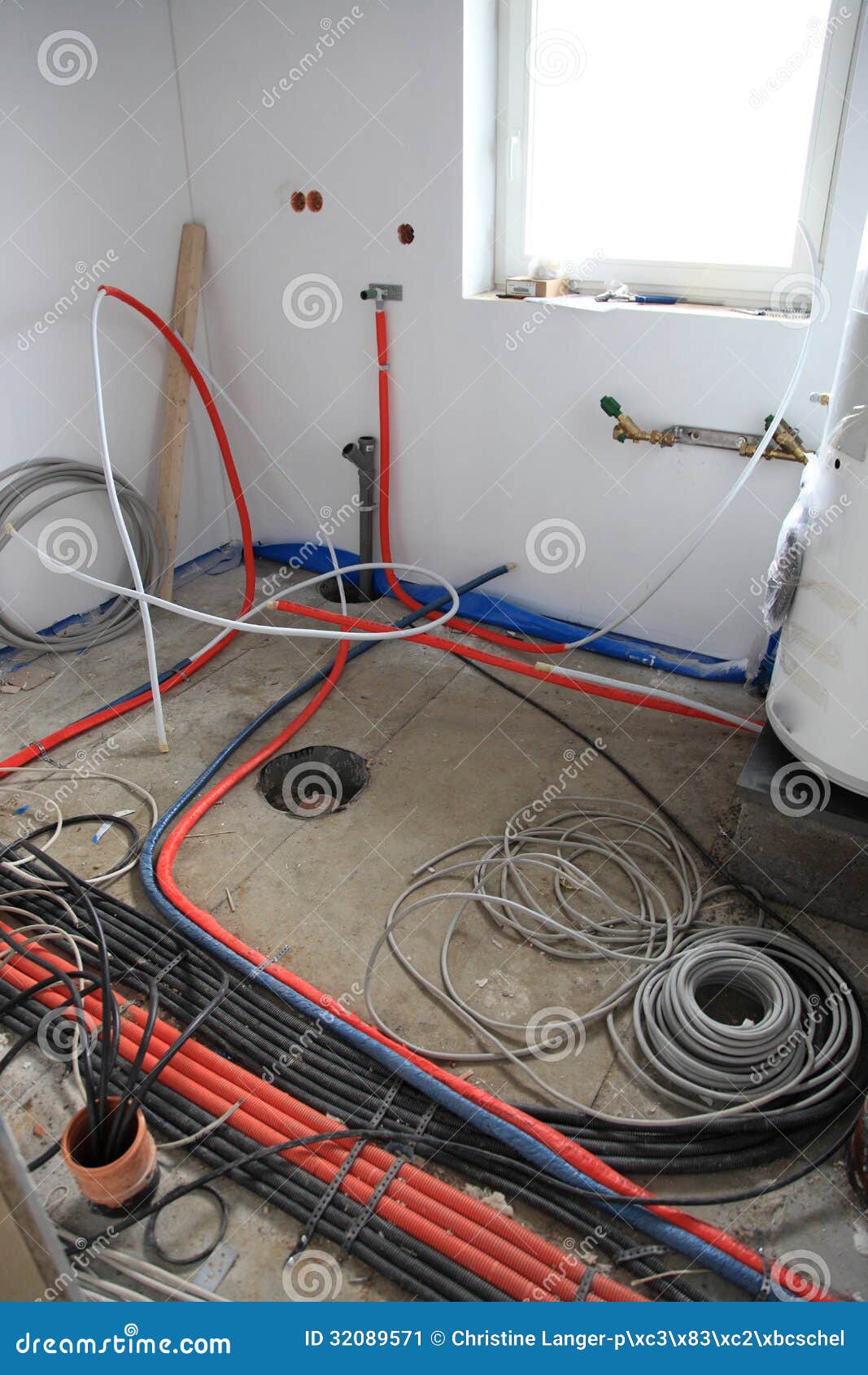Discovering the Globe of Electrical Installment: Typical Blunders to Stay Clear Of for a Smooth Do It Yourself Task
From making sure safety and security procedures are fulfilled to complying with electric codes, the journey right into the globe of electrical work demands focus to information and accuracy. By being conscious of these pitfalls and just how to avoid them, you can browse the intricate landscape of electric installation with self-confidence and ensure a smooth project implementation.
Inadequate Safety And Security Measures
In electrical installment projects, overlooking correct safety preventative measures can lead to harmful scenarios that endanger both individuals and residential or commercial property. One typical mistake is failing to turn off the power supply before starting any type of work. This oversight can result in electric shocks or also fires. An additional critical error is neglecting to make use of individual safety devices (PPE) such as protected handwear covers, security goggles, and non-conductive shoes. These products are vital in securing against prospective mishaps. Furthermore, insufficient grounding or bonding can posture major risks. Improperly grounded electric systems can cause electrical surges and devices damage. Furthermore, disregarding neighborhood building ordinance and guidelines can have extreme effects. These standards are put in place to ensure the security of the installment and the passengers of the structure. By adhering to safety and security methods, including proper training, utilizing security devices, and following policies, individuals can reduce threats and advertise a protected electrical installment atmosphere.
Incorrect Wire Sizing

Wrong wire sizing can additionally influence the total effectiveness of the electrical system. Undersized cables can trigger voltage drops, leading to bad performance of electrical tools and appliances. Extra-large cords, while not as harmful as small ones, can still result in unnecessary expenses and inefficient usage of sources.
To prevent these issues, it is important to adhere to proper cord sizing standards based on the electric tons demands of the installment. Consulting with an expert electrician or referencing the National Electric Code (NEC) can help make sure that the wires are sized appropriately for a secure and effective electrical installation.
Overlooking Grounding Needs
One important aspect commonly ignored in electric installations is making sure conformity with appropriate grounding needs. Grounding is an essential safety function that protects against electric shocks and prevents devices damages.
Grounding serves as a pathway for electrical currents to move securely into the earth, avoiding the accumulation of excess voltage that can hurt people or equipment. Appropriate grounding includes attaching electric tools and steel enclosures to the ground wire, basing rod, or grounding plate.

Ignoring Local Building Regulations
Ignoring adherence to neighborhood building regulations can posture substantial threats in electric installments, possibly endangering precaution and system dependability. Local building ordinance are developed to guarantee that electrical work fulfills particular safety and security criteria and laws established by the authorities. Disregarding these codes can lead to major effects, such as electrical fires, electric shocks, or damages to the residential or commercial property.
Neighborhood structure codes usually cover various facets of electric setups, consisting of electrical wiring approaches, outlet positionings, circuit defense, and grounding requirements. Failing to adhere to these codes might result in penalties, fell short evaluations, or the need to renovate the whole electrical work, bring about unneeded costs and hold-ups.
To avoid the challenges of disregarding local building regulations, it is crucial for DIY lovers and also professionals to familiarize themselves with the suitable laws before starting any type of electric task. Consulting with local authorities or employing a qualified electrical contractor for advice can assist make sure that the electric installation fulfills all the necessary code demands, advertising a safe and trusted electrical system in the future.

Poor Planning and Company
Have you thought about exactly how meticulous preparation and organization are vital components in making certain the success and safety of an electrical installation project? Poor planning and organization can cause a myriad of concerns, varying from task hold-ups to severe safety and security dangers. One usual blunder is taking too lightly the extent of job involved in an electric setup, which can result in inadequate materials or inadequate preparation. Without a detailed strategy detailing the steps, timeline, and essential sources, DIY lovers might discover themselves overwhelmed and prone to errors.
In addition, disorganization can result in complication relating to the format of electrical elements, potentially creating faulty connections or circuits. Failing to label cables properly or maintain track of circuit representations can result in fixing nightmares down the line. In addition, bad preparation in terms of budgeting and procurement can lead to unneeded expenses or hold-ups in finishing the job.
To avoid these risks, make the effort to develop an extensive plan, collect all called for materials and tools ahead of time, and make sure that you have a clear understanding of the project scope prior to starting - BRE Electrical Solutions. Proper organization and planning are key to a successful electrical installment job
Final Thought
Finally, it is vital BRE Electrical Solutions to focus on safety, correct preparation, and adherence to regional codes when carrying out electric installment tasks. Avoiding typical blunders such as inadequate security precautions, inaccurate cord sizing, overlooking grounding demands, and poor preparation can ensure a smooth DIY job. By adhering to these standards, individuals can effectively browse the globe of electric setup with confidence and effectiveness.